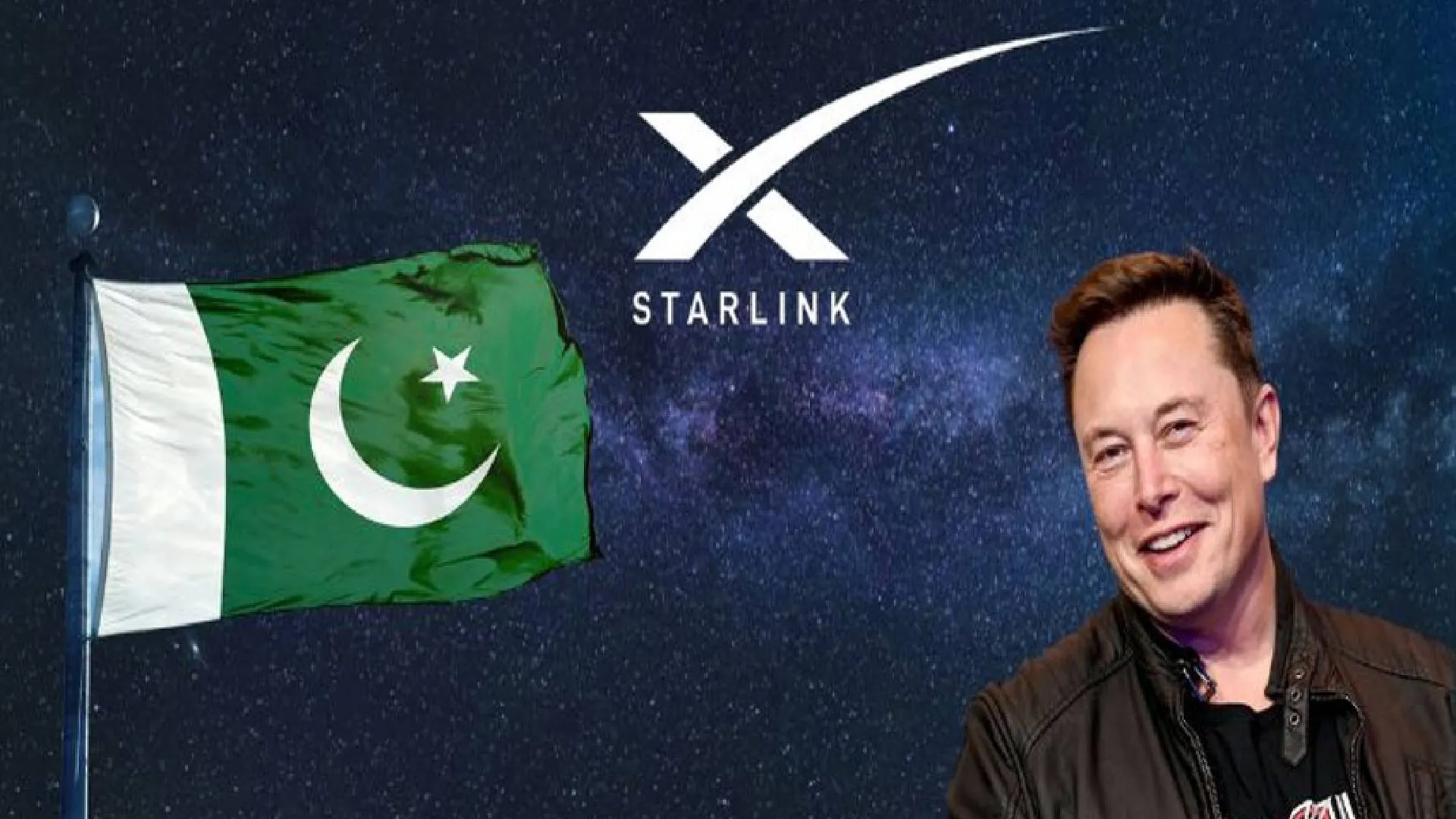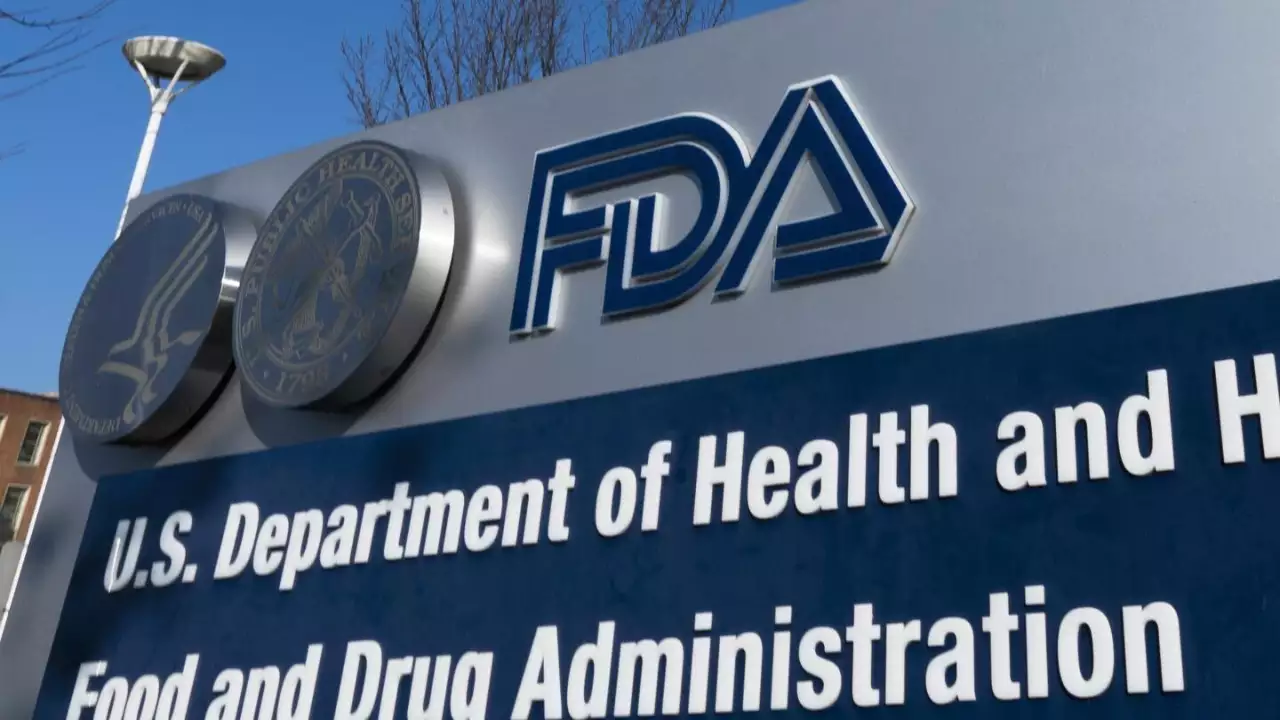Addressing FICCI’s 96TH Annual General Meeting and Annual Convention, on the theme- ‘The World’s Growth Engine’, Mr Ajay Seth, Secretary, Department of Economic Affairs, Ministry of Finance, Govt of India, said that the Central Bank Digital Currency (CBDC) has the potential to reduce cross- border transaction cost to two-three per cent.
Addressing the session on Digitalisation of Trade and Finance on Day 1 of FICCI’s AGM and Annual Convention, Mr Seth further said, “In India’s pursuit of a ‘Vikasit Bharat’, the growth story of India in the next decade is likely to have a 55 per cent contribution to capital, 35 per cent to be driven by productivity gains and the balance 15 per cent by getting more people into the work force. Each of the three factors of production has its own constraints.”
He further elucidated that the digital public infrastructure is based on three layers- identity, payments, and consent. This has led to a massive amount on inclusion, which, in turn, has led to credit flowing to the MSME sector.
The Secretary further said that there are currently 35 crore active users on UPI, which roughly, accounts for eight digital transactions a month by a citizen. The annual volume comes up to INR 200 lakh crores. As per another estimate it is leading to about 4 per cent gain to our economy.
Mr Subhrakant Panda, President, FICCI, and Managing Director, Indian Metals & Ferro Alloys Ltd, said that while the rise of India’s economic progress largely relies on a trifecta of a large domestic market, sustained reforms and favourable demographics, the Prime Minister’s vision for Digital India has also played a key role in India’s rise. It has helped India to leapfrog traditional constraints.
India has some of the world’s most efficient digital platforms that include Aadhaar, issued to more than 1.35 billion residents; Ayushman Bharat, with nearly 220 million verified beneficiaries; the COWIN platform that delivered, seamlessly, more than two billion doses of the vaccine; DigiLocker, which has 5.6 bn documents issued; the government e-Market place- GEM, which has annual gross merchandise value of more than USD 14 bn; along with UPI that has grown leaps and bounds.
Today, India accounts for more real time digital payments than the US, Europe and China combined.
Mr Harsh Pati Singhania, Past President, FICCI, Vice Chair, International Chamber of Commerce (ICC) and Director, J K Organisation, noted that there has been a significant increase in the adoption of digital platforms and payments among MSMEs in recent times. He further emphasised that digitization is no more just an option but a necessity for the growth and success of MSMEs in India.
Mr John WH Denton, Secretary General, International Chamber of Commerce (ICC) highlighted that ICC, for decades, has been an enabler of global trade across the economic spectrum. He added FICCI and ICC have signed a Partnership Agreement to further support Indian SMEs on access to market, finance, and their digital journey. He also highlighted that the Indian market would drive growth in the Asia Pacific and beyond. Mr Rajnish Kumar, Chairman, BharatPe and Chairman, Mastercard India, said that to enable MSMEs’ easy access to finance, the credit risk assessment part of financing needs to be digitalised further and should be easy to integrate.
Mr Sunil Sanghai, Vice President, ICC India and Founder and CEO, NovaaOne Capital Pvt Ltd said, “The integration of digital tools and platforms into trade and financial systems has become more than just a convenience; it is a transformative force driving efficiency, accessibility, and inclusivity, and plays a pivotal role in fostering economic growth, enhancing global competitiveness, and ensuring resilience in an ever-evolving digital era.”
• Any component that can be digitalised in the supply chain of goods and services will not know boundaries: it will provide a level playing field
• FICCI and ICC to collaborate to support Indian SMEs on access to market, finance, and digital journey























